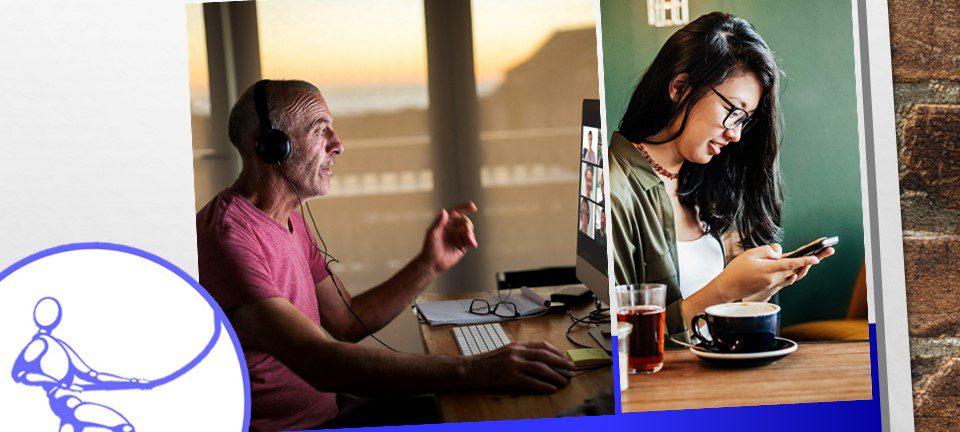I admit, I’m not a user experience (UX) expert by any stretch of the imagination, although I do love the “UX” acronym. At Taylor’d Ergo, we are all trained as biomechanists; we help clients reduce the risk of strain/sprain injuries by fitting work to workers. But we find ourselves using UX in the development of our services. Here’s how.
We’re in the process of creating the ultimate package, which we’ll be calling “On-Site Ergo Plus” or OSE+. (Yes, I do love acronyms!) It will be an amped-up version of our OSE package, enhanced by the support of newly minted ergonomists, whom we’ll hire immediately following graduation. OSE+ aims to create the perfect trifecta:
- exactly what the client needs to build a highly successful ergo program
- exactly what the new ergonomist needs and wants to launch their career
- just what our team needs to foster our growth and development.
To ensure that we get the OSE+ program “Goldilocks-just-right”, we need information from all three parties about their needs.
So, what is the best way to get information that will allow us to optimize the users’ (clients) experience of our service? So far, we’ve been using questionnaires and interviews. Here’s what we’ve learned about each of these:
Questionnaires:
- Take less time (for both parties) and therefore generally result in better response rate, which means more data, and better “significance”.
- Can provide more quantitative information (e.g. % of respondents who support an idea, perceived value of a specific program component) which can be useful when reporting results.
- Require that the survey developer understand all the potential responses before developing the survey, so the questions and anchor points are appropriate.
- Typically include mostly yes/know, scales, and multiple-choice questions. They can include open-ended questions, but doing so increases the response time and therefore discourages participation.
- Allow researchers to ask about beliefs, behaviours, and preferences, in addition to factual information (availability of resources and budget).
Interviews:
- Allow the process to go off-script, so researchers can get information they may not have even known that they needed. The researcher can ask follow-up questions to explore unexpected responses.
- Can yield “stories” or anecdotal information that may lead to a deeper understanding of user needs and wants. These “stories” can also be used to create more relatable material for our current and future clients.
- May allow researchers to better explore decision pathways (if this, then that).
- Allow the respondent the opportunity to get to know our ergonomists and ask questions about us and our programs.
Ultimately, we plan to proceed with both methods. Can you help us?
Here is a link to our customer survey.
If you can spare 15 minutes to talk with one of our ergonomists, email me at carrie@taylordergo.com
Here is a link to our ergo student survey.
I’ll be sharing and discussing the survey results at Fanshawe College on April 15. If you’re a graduating ergonomist and you’d like to chat with me for 15 minutes, email me at carrie@taylordergo.com


